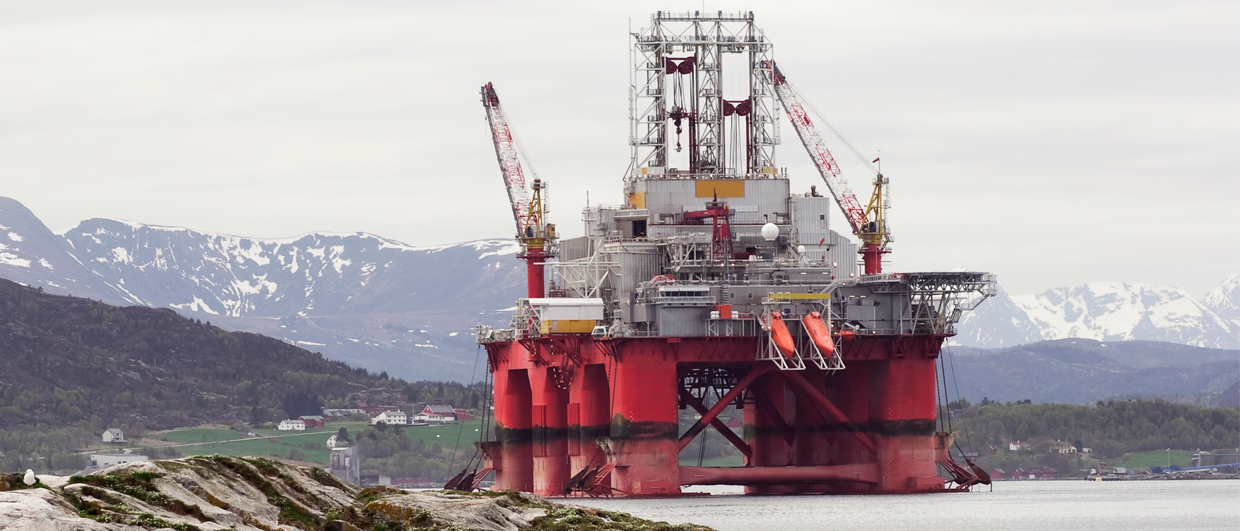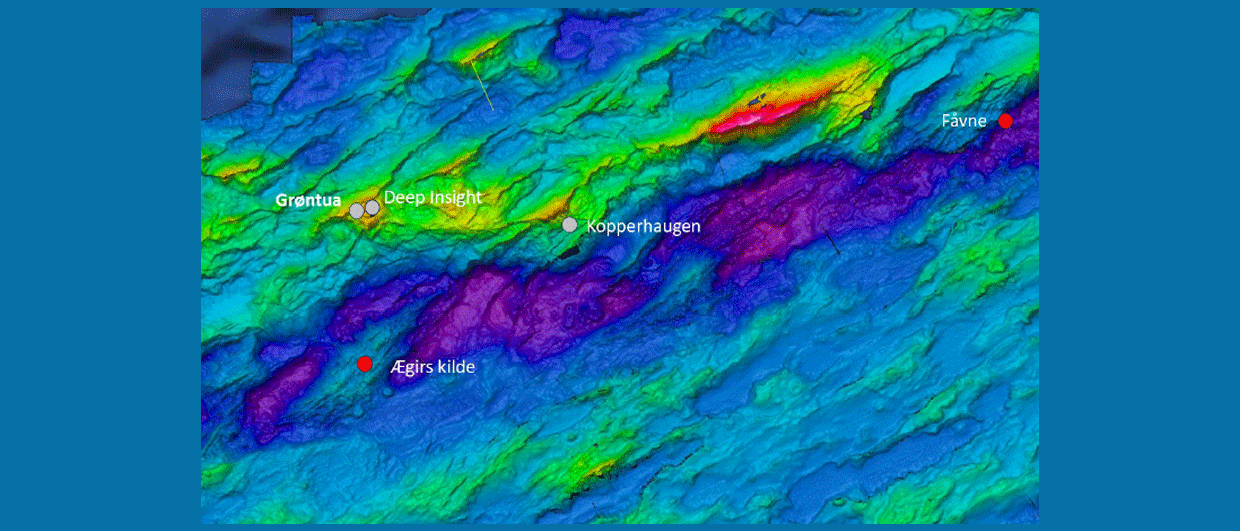Fuelled by the gas crisis that unfolded in Europe following Russia’s invasion of Ukraine, the Norwegians voiced hopes that the Barents Sea was the place where additional gas resources were waiting to be discovered. In turn, when successful, this would then be a reason to build additional pipeline infrastructure, which would be needed to quickly export the newly discovered volumes. The gas currently produced from the Barents Sea is all going through an LNG terminal, and this terminal will be at capacity for the next few years.
But has this drive to renew exploration in the Barents Sea paid off yet?
“I think the expectations of finding more gas have not been met to date”, said Alyson Harding in a webinar she and her colleague Steve Coomber from Westwood Global Energy Group hosted earlier today.
Limited uptake
So far this year, four wells have been completed in the Barents Sea. It must be said that not all four of these were drilled to target new gas resources. In fact, only one of those four can be properly attributed to being a relatively prominent frontier gas exploration well. In that sense, the push to discover more methane has had quite a limited uptake thus far.
But let’s look a bit more closely at those four wells completed in 2024. Two holes were drilled by Aker BP close to the Wisting oil discovery, probably in an attempt to firm up more volumes to warrant development of this large discovery. However, both 7324/8-4 (Hassel) and 7324/6-2 (Ferdinand Nord) found gas instead of oil. That is interesting in itself, given the shallow nature of the targets (around 600 m below sea level) and the apparent lack of geophysical capability to distinguish between oil and gas.
The third well drilled in the Barents Sea this year is 7220/2-2, targeting the Snøras prospect. This well, completed by Equinor and which should be seen as an attempt to add further oil resources to the Johan Castberg development a little further south, turned out dry.
The fourth well completed in the Barents Sea this year is 7219/6-1 by Vår Energi. This one drew attention because of the frontier nature, its prospective size, the chances for encountering gas and of course because of its name. However, rather than finding gas in a high-quality Paleocene Torsk Formation reservoir, the well only encountered traces of gas in a poorly developed and tight section.
What remains
In other words, Barents Sea exploration has not paid off this year yet. What’s happening for the rest of the year?
Next month will probably see the 7122/9-2 Elgol well spudded; this is a frontier well, targeting Permian Røye Formation carbonates in a pinchout trap. It has pre-drill resources of 265 mmboe according to operator Vår Energi, with an expected gas phase along with associated condensate. This well will be batch drilled along with other wells in the Goliat field area.
Three planned wells are located near the Goliat cluster and it is therefore unlikely that these will open up a new gas play.
Although there have been no plans announced to date to drill wells in the Barents Sea in 2025, it is hoped that the recently awarded APA 2023 will result in exploration drilling in the next few years. There was a renewed interest in the area, with eight licences awarded to Equinor, Aker BP, Vår Energi and Petoro, six of which are considered frontier, with the others in sparsely drilled areas, many with the potential to discover gas.





